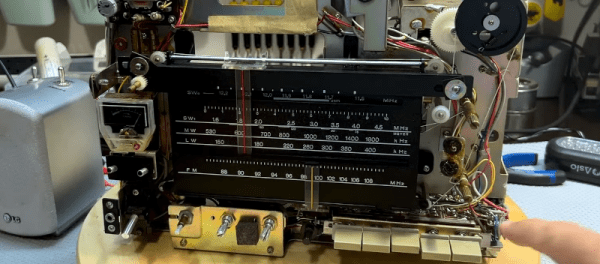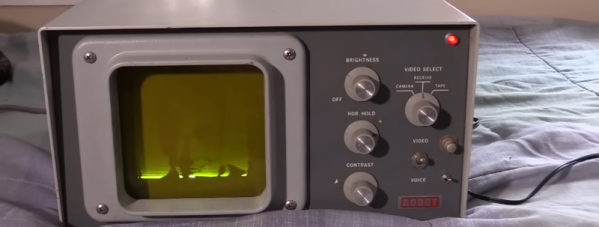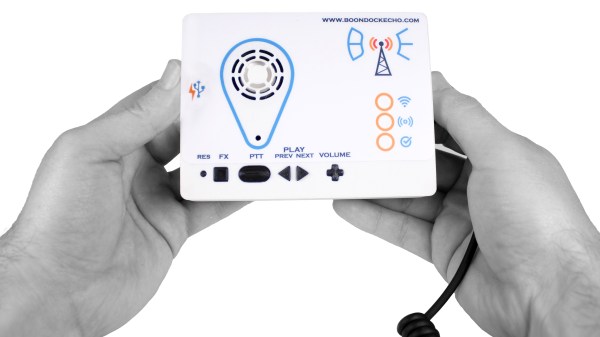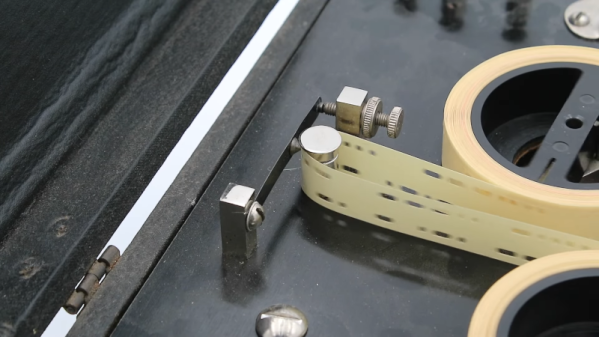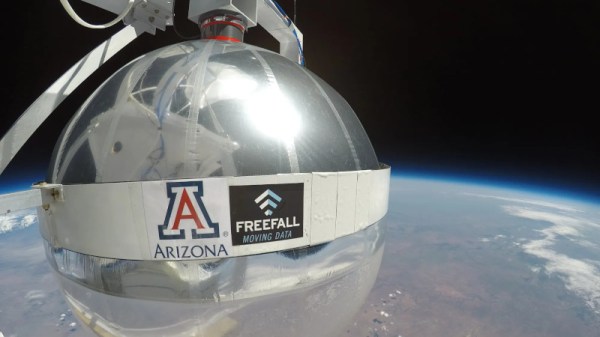Before the Internet, if you wanted to hear news from around the world, you probably bought a shortwave receiver. In the golden age of world band radio, there was a great deal of high-quality programming on the shortwave bands and a large variety of consumer radios with shortwave bands. For example, the Sony CRF-160 that [M Caldeira] is restoring dates from the late 1960s or early 1970s and would have been a cool radio in its day. It retailed for about $250 in 1972, which sounds reasonable, but — don’t forget — in 1972 that would have been a 10% downpayment on a new car or enough to buy a Big Mac every day for a year with change left over.
As you can see in the video below, the radio seemed to work well right out of the gate, but the radio needed some rust removal and other sprucing up. However, it is an excellent teardown, with some tips about general restoration.

